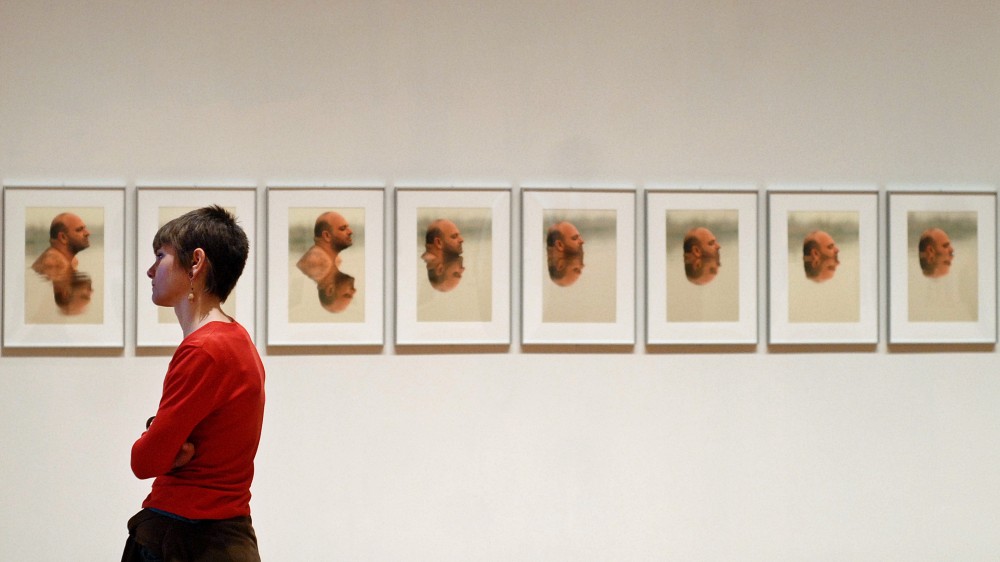WHAT: âÄúIndia: Public Places, Private SpacesâÄù WHERE: Minneapolis Institute of Arts WHEN: Oct. 26-Jan. 18 PRICE: $8 general, $6 students India is an enigma of a country. It calls to mind swirls of hot pink silk, extravagant Bollywood musicals and frenetic music set to the pace of its crowded streets but itâÄôs also a hotbed of political unrest and extreme poverty. Its clash of the beautiful and the developing make it as compelling as its history would suggest. âÄúIndia: Public Places, Private Spaces,âÄù the newest exhibition currently occupying the Target Wing of the Minneapolis Institute of Arts, sets out to tackle these conceptions and more with its collection of photographs, video installations and other multimedia. Works representing past and present generations of Indian photographers and artists lend their honest voices and example to the prevalent issues surrounding the Asian country. A prominent topic of the exhibit is the divide between oneâÄôs public life and private moments; there are videos of such simple tasks as shaving and showering. The minutiae of daily life, those tasks to which we so often neglect to give a momentâÄôs thought, are fascinating to the photographers and become fascinating to their viewer. The exhibit also addresses representations of gender and notions of sexuality; an elderly man peeks out from beneath the brilliant folds of a sari, while characters of an ambiguous gender dance in glittering costume. The concept of âÄúhijira,âÄù an Indian term for a male-to-female transsexual, is thoroughly questioned. What is masculine? What is feminine? âÄúPublic Places, Private SpacesâÄù also deals with Indians in the United States; the photographs of Pablo Bartholomew show the owner of the Chippendales franchise seated smugly at the bar of his Los Angeles headquarters, and in another an elderly Indian woman, covered in a lavender sari, stares down the camera from the confines of her living room, a trapping of burnt orange carpeting and hideous floral couches. Another photo depicts a group of Indian men transporting a monolithic statue to a temple in Nashville, Tenn. Nashville, the hub of country music, isnâÄôt the sort of locale in which one would picture a thriving Indian community, but the photograph proves otherwise. One photographer muses on the similarities of American Indians and Indians in her juxtaposition of century-old photographs of American Indians in traditional dress, placed next to sly parodies of an Indian woman in similar, but culture-centric, costume. With American Indians often called simply âÄúIndians,âÄù the combination is a play on the differences between the cultures. Though the exhibit aims to open the minds of its viewers to new dimensions of the fabled country, âÄúIndia: Public Places, Private SpacesâÄù doesnâÄôt do much to dispel preconceived notions. There are countless photographs and depictions of extreme poverty, with streets deep in garbage, and even more of the political and social unrest that India has seen. Contributing artist Raghu Rai sums up his homelandâÄôs cultural influence best: âÄúSo much has melded into India that itâÄôs not really our country; itâÄôs not one culture. But it has its own pace, which keeps things together. All we have in India still lives âÄîseveral centuries at the same time. The eternity of it all, thatâÄôs what matters.âÄù

Image by Ashley Goetz
india exhibit at the MIA
What we talk about when we talk about India
Published November 12, 2008
0
More to Discover







